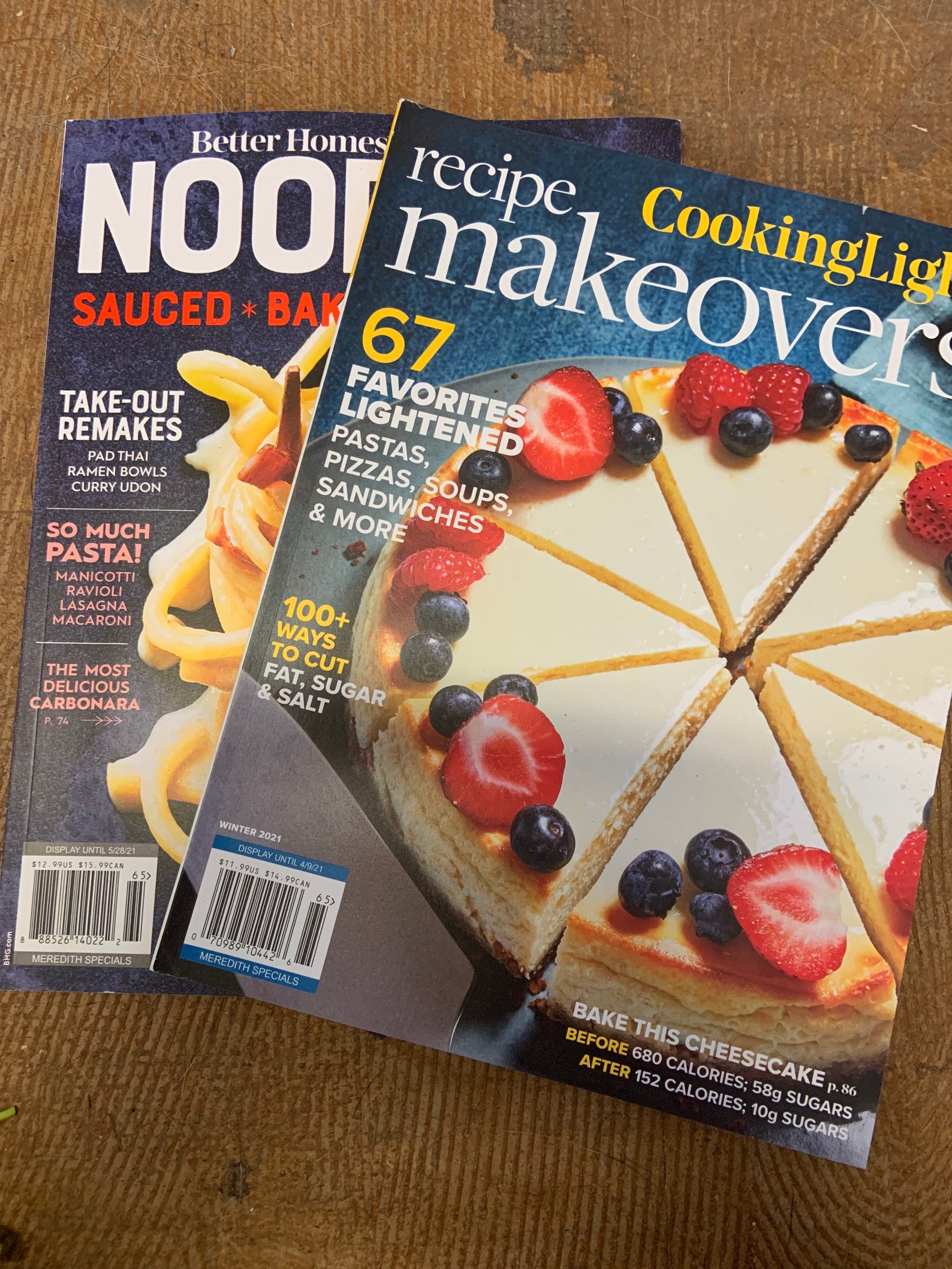Noodle Enthusiast's Guide is more than just a platform; it’s an ode to one of the most cherished and versatile foods around the globe. In this detailed exploration, we will dive deep into the enchanting universe of noodles, uncovering their storied past, diverse types, tantalizing recipes, and much more. Whether you are a seasoned noodle aficionado or someone just beginning to explore the culinary delights of noodles, this comprehensive guide will provide you with unparalleled insights and knowledge. From traditional preparations to cutting-edge culinary innovations, Noodle Enthusiast's Guide aims to be your ultimate companion for all things noodle-related.
Noodles have transcended borders, cultures, and cuisines, earning their place as a staple in kitchens worldwide. With an impressive variety of options, noodles can be enjoyed in endless ways, whether they're featured in hearty soups, vibrant stir-fries, or refreshing salads. This article will take a closer look at the origins of noodles, their nutritional advantages, and their profound cultural importance, offering a holistic understanding of why noodles continue to captivate the hearts and appetites of people everywhere.
Join us as we embark on this flavorful journey through the realm of noodles. From discovering the diverse types of noodles to uncovering inventive recipes that you can effortlessly recreate at home, Noodle Enthusiast's Guide is here to inspire and educate. Let’s delve into the intricate history of noodles, refine our cooking techniques, and stay updated with the latest trends that keep noodle lovers eagerly engaged.
Read also:King Von Autopsy Photos Understanding The Impact And Importance Of Respect
Table of Contents
- The Intriguing History of Noodles
- Exploring the Different Types of Noodles
- Savoring Delicious Noodle Recipes
- Nutritional Advantages of Noodles
- The Cultural Impact of Noodles
- Expert Tips for Cooking Perfect Noodles
- Contemporary Trends in the Noodle World
- Final Thoughts
The Intriguing History of Noodles
The history of noodles is as rich and varied as the dish itself, with roots that stretch back thousands of years. While the precise origin of noodles remains a subject of scholarly debate, many historians believe that noodles first emerged in ancient China around 2000 BC. One of the earliest documented references to noodles can be found in a text called "The Book of Noodles," which meticulously details various techniques for creating these beloved strands of dough.
As global trade routes expanded, noodles spread across continents, evolving into unique variations in each region they reached. For instance, in Italy, noodles transformed into what we now know as pasta, while in Japan, they gave rise to distinct styles such as soba and udon. This section will trace the historical journey of noodles as they journeyed through various cultures, adapting to local preferences and leaving an indelible mark on culinary traditions worldwide.
Key Historical Milestones
- 2000 BC: The earliest documented mention of noodles in ancient China.
- 800 AD: Noodles make their way to the Middle East via bustling trade routes.
- 1300s: Marco Polo reportedly introduces pasta to Italy, inspired by his travels to China.
- 1800s: Noodles gain widespread popularity in Western cuisines, becoming a pantry staple.
Exploring the Different Types of Noodles
The sheer variety of noodles available today can be overwhelming for even the most seasoned foodie. Noodles can be classified based on their ingredients, texture, and cooking methods, offering something for every palate. Below, we will explore some of the most popular types of noodles you might encounter, highlighting their unique characteristics and ideal uses.
Wheat-Based Noodles
- Spaghetti: A long, slender noodle that forms the foundation of countless Italian dishes.
- Fettuccine: Broad, flat noodles often paired with rich, creamy sauces for a luxurious dining experience.
- Udon: Thick, soft Japanese wheat noodles commonly served in savory broths or stir-fries.
Rice-Based Noodles
- Pad Thai Noodles: Flat rice noodles that are the star ingredient in the iconic Thai street food.
- Vermicelli: Delicate, translucent noodles frequently used in refreshing salads and comforting soups.
- Banh Pho: Wide, chewy rice noodles essential to the beloved Vietnamese dish, pho.
Other Unique Varieties
- Soba: Buckwheat noodles cherished in Japanese cuisine for their nutty flavor and earthy texture.
- Glass Noodles: Transparent noodles crafted from mung bean starch, prized for their springy bite.
- Egg Noodles: Enriched with eggs, these noodles bring a rich, golden hue and velvety texture to any dish.
Savoring Delicious Noodle Recipes
The versatility of noodles allows for endless creativity in the kitchen, making them a favorite among home cooks and professional chefs alike. Below, we present two mouthwatering noodle recipes that you can easily prepare at home, bringing restaurant-quality flavors to your dinner table.
Classic Spaghetti Aglio e Olio
This classic Italian dish is a celebration of simplicity, relying on a few key ingredients to deliver a burst of flavor. Spaghetti Aglio e Olio features al dente spaghetti tossed in a fragrant mixture of garlic, olive oil, and red pepper flakes.
- Ingredients:
- 200g spaghetti
- 4 cloves garlic, thinly sliced
- 1/2 cup olive oil
- Red pepper flakes to taste
- Fresh parsley, chopped
- Instructions:
- Cook the spaghetti until it reaches your desired level of doneness, following the package guidelines.
- In a skillet, heat the olive oil and gently sauté the garlic until golden brown and fragrant.
- Stir in the red pepper flakes, then add the cooked spaghetti, tossing everything together until the noodles are evenly coated.
- Garnish generously with fresh parsley before serving.
Thai Pad Thai
This vibrant and flavorful dish is a staple of Thai street food, offering a delightful balance of sweet, sour, and savory flavors. Thai Pad Thai features stir-fried rice noodles paired with succulent shrimp, tender tofu, and a tangy tamarind-based sauce.
Read also:Jasi Bae Onlyfans A Comprehensive Exploration
- Ingredients:
- 200g rice noodles
- 150g shrimp
- 100g tofu, cubed
- 2 eggs
- 3 tablespoons fish sauce
- 1 tablespoon tamarind paste
- Instructions:
- Soak the rice noodles in warm water until they become soft and pliable.
- In a wok or large pan, stir-fry the shrimp and tofu until fully cooked, then push them to one side of the pan.
- Crack the eggs into the empty side of the pan, scrambling them until set before mixing everything together.
- Add the softened noodles to the pan, tossing them with the protein and sauce until everything is well combined and heated through.
- Serve hot, garnished with lime wedges and crushed peanuts for an authentic touch.
Nutritional Advantages of Noodles
When prepared with care and healthy ingredients, noodles can be a nutritious addition to a balanced diet. They are an excellent source of carbohydrates, providing the energy needed for daily activities. Here are some of the key nutritional benefits associated with noodles:
- Rich in Carbohydrates: Essential for maintaining energy levels and supporting endurance.
- Low in Fat: Most noodles are naturally low in fat, making them a lighter option compared to many other staples.
- Contains Fiber: Whole grain noodles are particularly beneficial, as they offer dietary fiber that aids digestion and promotes overall gut health.
By pairing noodles with an array of vegetables and lean proteins, you can craft nutritious meals that are both satisfying and wholesome, ensuring you enjoy all the goodness noodles have to offer.
The Cultural Impact of Noodles
Noodles hold a special place in the traditions of many cultures, often symbolizing prosperity, longevity, and good fortune. In Chinese culture, for example, long noodles are traditionally served during birthday celebrations as a wish for a long and prosperous life. Similarly, in Italy, pasta plays a central role in family gatherings, symbolizing unity and shared joy.
Each culture has developed its own unique approach to preparing and serving noodles, reflecting local ingredients, customs, and culinary heritage. This section will delve into the cultural significance of noodles across various regions, highlighting how they are interwoven with social practices, traditions, and celebrations, making them an integral part of global gastronomy.
Expert Tips for Cooking Perfect Noodles
Achieving perfectly cooked noodles requires attention to detail and some essential techniques. Here are a few expert tips to ensure your noodles turn out flawlessly every time:
- Use Plenty of Water: Cooking noodles in a large pot filled with ample water helps prevent them from sticking together and ensures even cooking.
- Add Salt: Seasoning the water before adding the noodles enhances their flavor, making a noticeable difference in the final dish.
- Taste Test: Begin checking for doneness a minute or two before the recommended cooking time, as overcooked noodles can become mushy and lose their texture.
- Rinse with Cold Water: For salads or cold dishes, rinsing the noodles under cold water halts the cooking process and prevents them from becoming clumpy.
Contemporary Trends in the Noodle World
The world of noodles is ever-evolving, with exciting new trends emerging to cater to changing consumer preferences. Some of the most notable trends currently shaping the noodle landscape include:
- Gluten-Free Noodles: With an increasing demand for gluten-free options, noodles made from rice, quinoa, and other alternative grains are gaining popularity.
- Plant-Based Noodles: Innovations in plant-based ingredients have led to the development of noodles infused with vegetables and legumes, offering enhanced nutritional value.
- Instant Noodle Innovations: The instant noodle market is seeing a surge in gourmet options, featuring unique flavors and organic ingredients that elevate the convenience food category.


